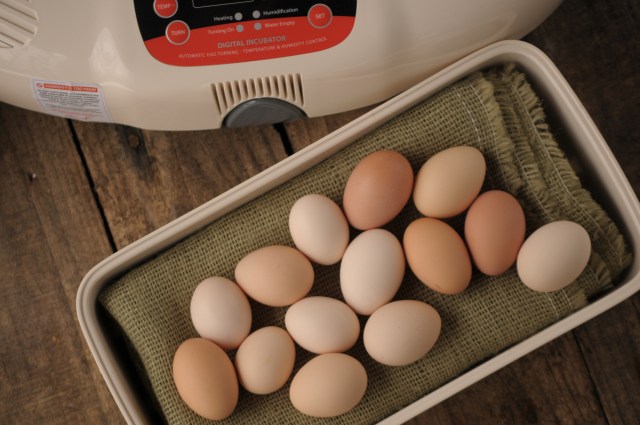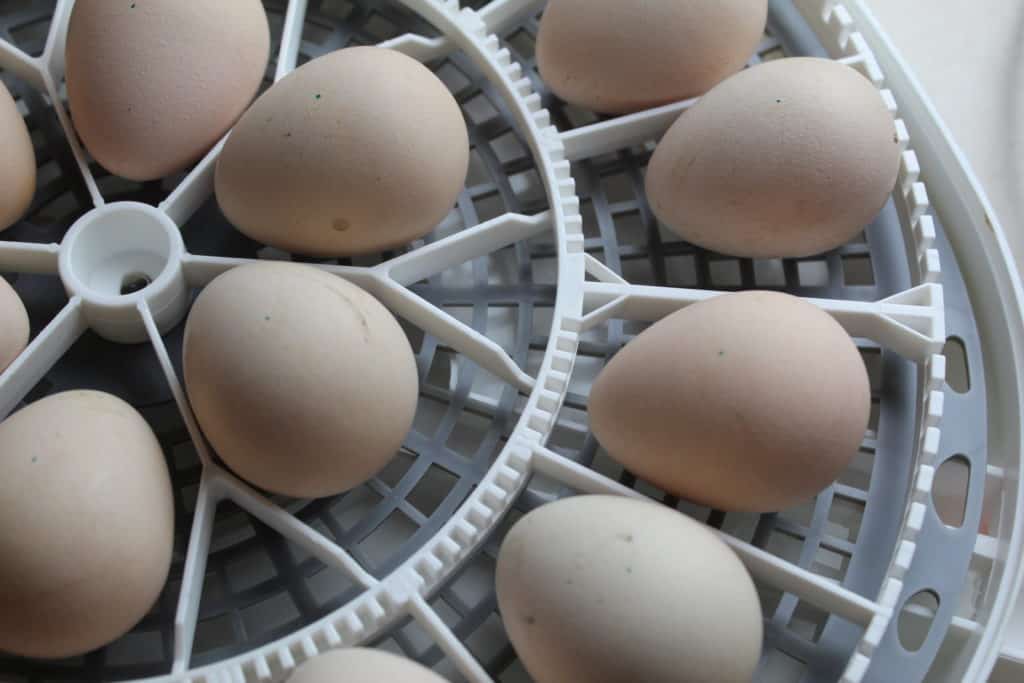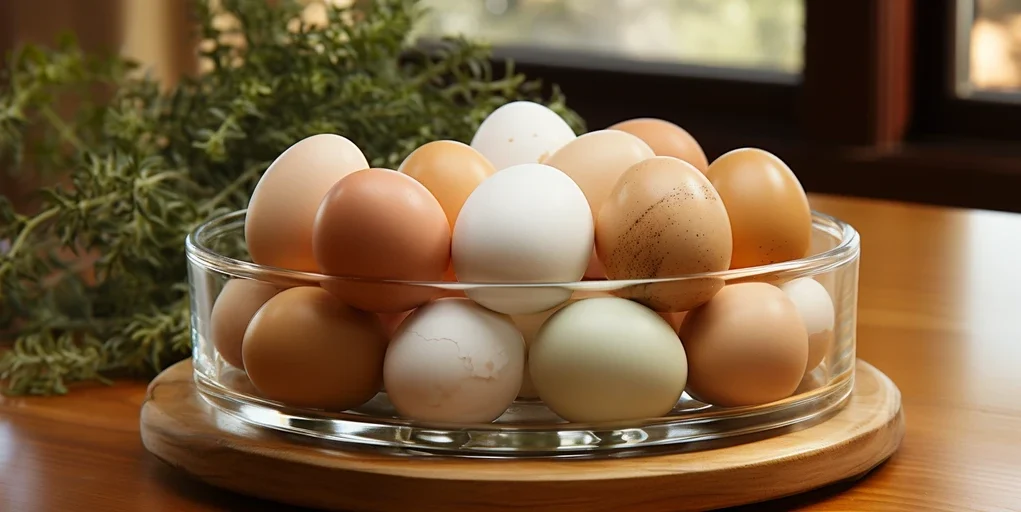Raising chickens can be an incredibly rewarding experience, especially when you witness the miracle of life as chicks hatch from their eggs. However, chicken incubator hatching problems can sometimes turn this joyful event into a challenging ordeal. Understanding these challenges right from the start can significantly improve your success rate. Let’s dive into the various issues you might face with chicken incubators and how to tackle them effectively.

Understanding the Basics of Chicken Incubation
Before we delve into the specific chicken incubator hatching problems, it’s important to understand the basics of chicken incubation. This process involves creating an environment that mimics the conditions provided by a brooding hen. The temperature, humidity, and turning of the eggs are critical factors that need to be controlled for successful hatching.
Temperature Issues
One of the most common problems in chicken incubation is incorrect temperature settings. The ideal temperature for hatching chicken eggs is around 99.5F (37.5C). Even slight deviations can impact the development of the embryo. If the temperature is too high, it can cause early hatching or even embryo death. Conversely, if it’s too low, the embryo’s development can be delayed, leading to late hatching.
Humidity Concerns
Humidity is another critical factor in the incubation process. It helps in the proper development of the embryo and prevents the egg from losing too much moisture. Generally, a humidity level of 40-50% is ideal during the first 18 days, increasing to 65-75% during the last three days of incubation. Too much humidity can cause the chick to drown in its shell, while too little can make it difficult for the chick to hatch.
Common Chicken Incubator Hatching Problems
Failure to Hatch
One of the most frustrating chicken incubator hatching problems is when chicks fail to hatch. This can be due to various reasons, including improper temperature and humidity, inadequate turning of eggs, or even infertility of the eggs. To minimize this issue, ensure you calibrate your incubator accurately and use fertile eggs.
Pipping but Not Hatching
Sometimes, chicks may pip, or break through the eggshell, but fail to hatch fully. This can occur due to low humidity levels or if the chick is too weak. In such cases, adjusting humidity levels and gently assisting the chick can help, but care must be taken to avoid causing harm.
Preventive Measures
Choosing the Right Incubator
Choosing the right incubator is crucial to avoid hatching problems. It’s essential to select an incubator with good temperature and humidity control, as well as an automatic egg-turning feature. Researching and reading reviews can help you make an informed decision.
Regular Monitoring
Regular monitoring of the incubator is important to detect any issues early on. Use a reliable thermometer and hygrometer to check the temperature and humidity levels regularly. Adjustments should be made as needed to ensure a successful hatch.
Troubleshooting Tips
Dealing with Temperature Fluctuations
If you notice temperature fluctuations, check the incubator’s power supply and thermostat. Ensure the incubator is placed in a stable environment, away from direct sunlight and drafty areas.
Managing Humidity Levels
To manage humidity levels, add or remove water from the incubator’s tray as needed. If the humidity is too low, you can also use a damp sponge or cloth to increase moisture.
Additional Resources
For more detailed guidance on hatching eggs at home, you can visit this comprehensive guide.
Additionally, if you are interested in learning about all-natural ways to support your chickens, check out herbs that prevent molting stress or how to clean a chicken coop naturally.

FAQ
Why are my chicks not hatching?
There could be several reasons, including improper temperature, incorrect humidity, or infertile eggs. Check your incubator settings and ensure you’re using fertile eggs.
How can I ensure the right humidity level?
Regularly monitor the humidity using a hygrometer and adjust water levels in the incubator accordingly. Increasing humidity towards the end of the incubation period is crucial.
Is it safe to assist a chick that is struggling to hatch?
Assisting a chick should be done with care and only if necessary. If the chick has been struggling for more than 24 hours after pipping, you may consider gently helping, but be aware of the risks involved.
This article contains affiliate links. We may earn a commission at no extra cost to you.











